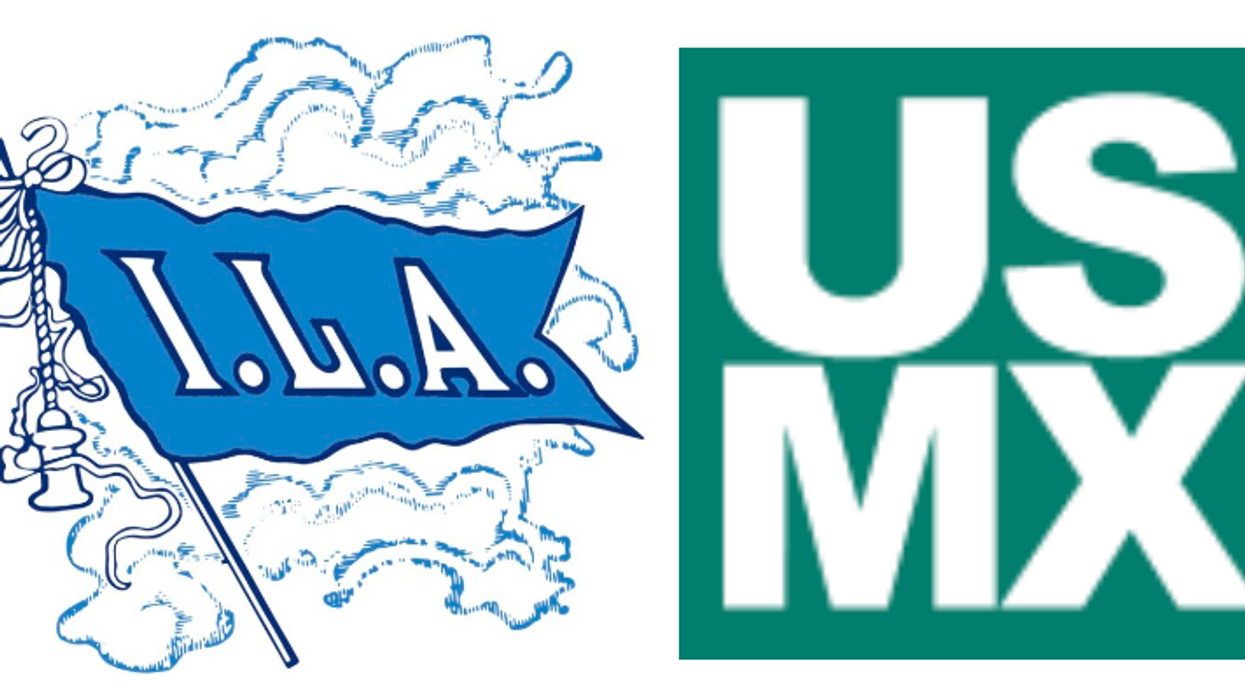Dockworkers at dozens of U.S. East and Gulf coast ports are returning to work tonight, ending a three-day strike that had paralyzed the flow of around 50% of all imports and exports in the United States during ocean peak season.
In identical statements posted to their websites, the International Longshoremen’s Association (ILA)—the union representing some 45,000 workers—and the United States Maritime Alliance Ltd. (USMX) said they had struck a deal.
The two groups “have reached a tentative agreement on wages and have agreed to extend the Master Contract until January 15, 2025 to return to the bargaining table to negotiate all other outstanding issues. Effective immediately, all current job actions will cease and all work covered by the Master Contract will resume,” the joint statement said.
Talks had broken down over the union’s twin demands for both pay hikes and a halt to increased automation in freight handling. After the previous contract expired at midnight on September 30, workers made good on their pledge to strike, and all activity screeched to a halt on Tuesday, Wednesday, and Thursday this week.
Business groups immediately sang the praises of the deal, while also sounding a note of caution that more work remains.
The National Retail Federation (NRF) cheered the short-term contract extension, even as it urged the groups to forge a longer-lasting pact. “The decision to end the current strike and allow the East and Gulf coast ports to reopen is good news for the nation’s economy,” NRF President and CEO Matthew Shay said in a release. “It is critically important that the International Longshoremen’s Association and United States Maritime Alliance work diligently and in good faith to reach a fair, final agreement before the extension expires. The sooner they reach a deal, the better for all American families.”
Likewise, the Retail Industry Leaders Association (RILA) said it was relieved to see positive progress, but that a final deal wasn’t yet complete. “Without the specter of disruption looming, the U.S. economy can continue on its path for growth and retailers can focus on delivering for consumers. We encourage both parties to stay at the negotiating table until a final deal is reached that provides retailers and consumers full certainty that the East and Gulf Coast ports are reliable gateways for the flow of commerce.”
And the National Association of Manufacturers (NAM) commended the parties for coming together while also cautioning them to avoid future disruptions by using this time to reach “a fair and lasting agreement,” NAM President and CEO Jay Timmons said in an email. “Manufacturers are encouraged that cooler heads have prevailed and the ports will reopen. By resuming work and keeping our ports operational, they have shown a commitment to listening to the concerns of manufacturers and other industries that rely on the efficient movement of goods through these critical gateways,” Timmons said. “This decision avoids the need for government intervention and invoking the Taft-Hartley Act, and it is a victory for all parties involved—preserving jobs, safeguarding supply chains, and preventing further economic disruptions.”
















